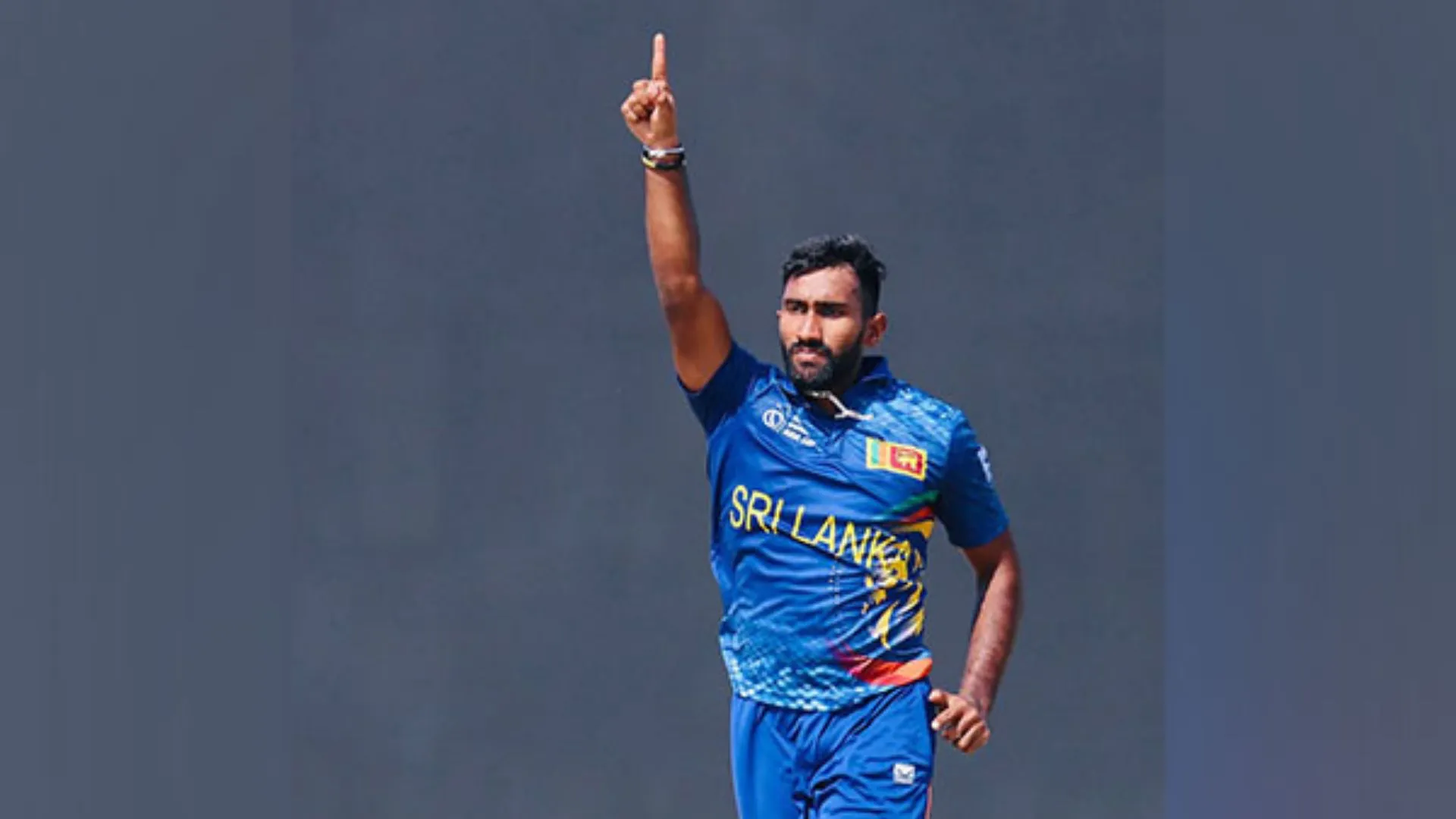On September 28, 2024, the Union Health Ministry unveiled a new set of draft guidelines outlining conditions for the withdrawal of life support in terminally ill patients. These guidelines aim to bring clarity to the complex and sensitive issue of passive euthanasia, specifically focusing on patients for whom aggressive treatments no longer provide meaningful benefits.
The guidelines emphasize that doctors must take a “considered decision” when contemplating the withdrawal of life support, and they outline four main conditions under which it can be done. First, the patient must be declared brainstem dead, a condition where brain activity ceases irreversibly, as per the Transplantation of Human Organs Act (THOA), 1994. Secondly, the patient’s medical prognosis must indicate that their condition is advanced and that continuing life support would no longer benefit them. Third, a documented refusal by the patient or their legal surrogate, based on informed awareness of the prognosis, must be presented. Finally, any decision to withdraw life support must adhere to the legal protocols set by the Supreme Court of India.
Notably, the guidelines clarify that withholding life support, in situations where aggressive medical intervention would only prolong suffering and erode patient dignity, is equally valid. This approach is in line with global standards on compassionate end-of-life care.
Despite the intention behind these guidelines to create a more transparent framework, they have sparked a degree of controversy, particularly within the medical community. The Indian Medical Association (IMA) has expressed concerns, noting that such decisions have traditionally been made in good faith between doctors, patients, and their families. According to Dr. R. V. Asokan, national president of the IMA, formalizing these processes into stringent legal guidelines could expose healthcare professionals to unnecessary legal scrutiny, further stressing doctors who already make difficult ethical decisions in complex medical scenarios.
Additionally, these guidelines address the concept of Do-Not-Attempt-Resuscitation (DNAR) orders, stating that cardiopulmonary resuscitation (CPR) should not be performed if there is no realistic possibility of the patient’s survival or recovery. This is seen as an effort to reduce unnecessary suffering for patients already in irreversible conditions.
The ministry has invited public comments and feedback on these guidelines until October 20, 2024, highlighting its intention to refine and finalize the policy with inputs from a variety of stakeholders, including the medical fraternity and patients’ rights groups.
Also read: BJP’s Electoral Bond Scandal: Congress Slams FM Sitharaman for Rs 8,000 Cr Bond Scam, Explosive FIR
The draft guidelines serve as a step forward in India’s ongoing conversation about end-of-life care, echoing the Supreme Court’s landmark 2018 ruling that allowed passive euthanasia under certain conditions. However, the challenge remains in balancing patient autonomy, medical ethics, and legal oversight to ensure that terminally ill patients can receive dignified care in their final moments.














